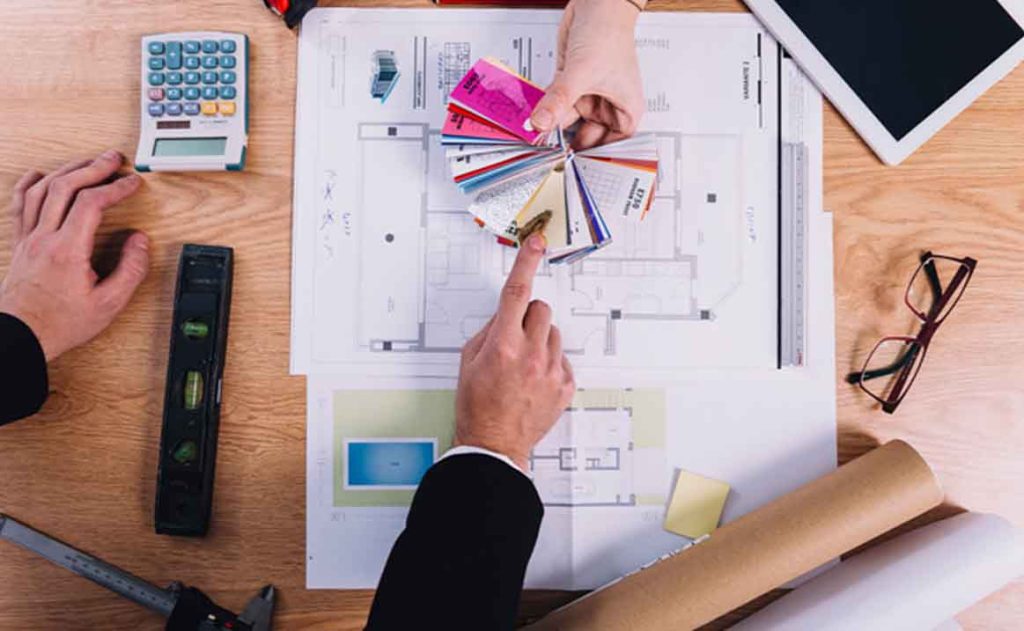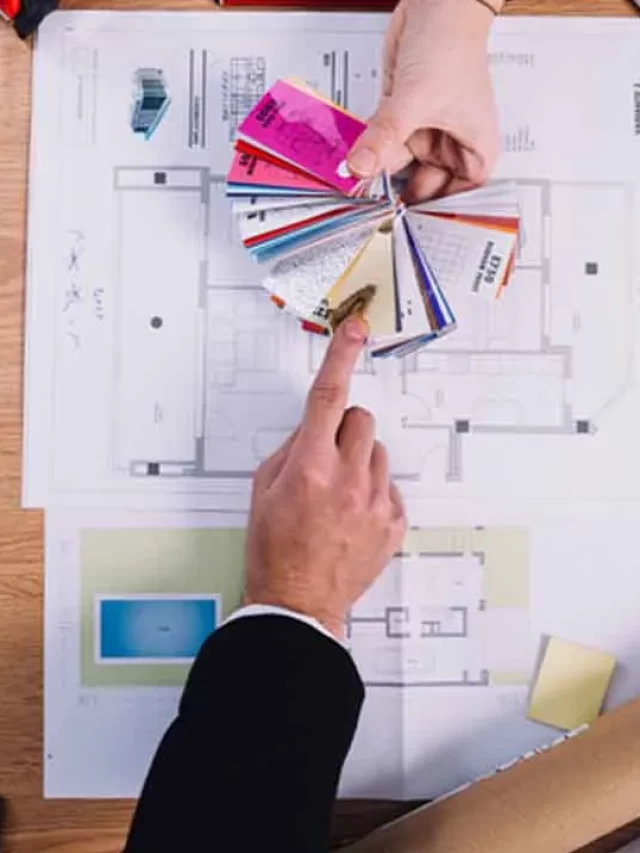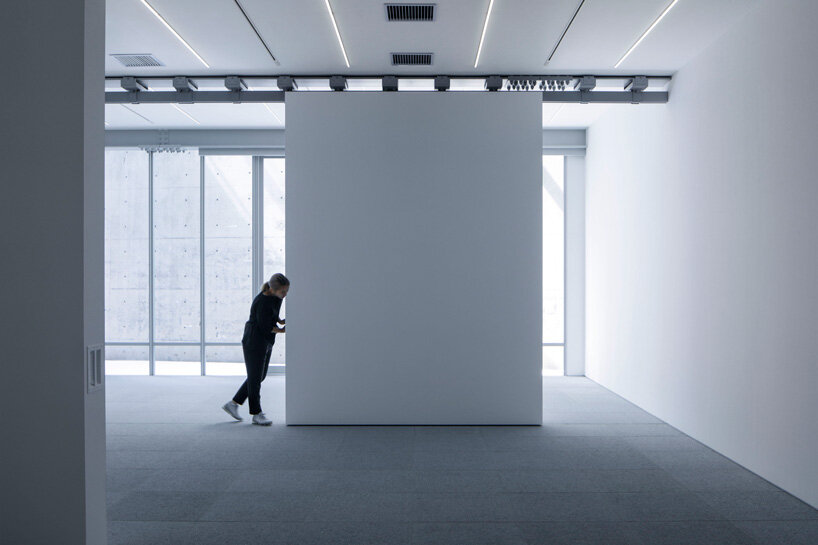According to Lewis Mumford, architecture must act as an organic union between individuals and their living spaces. Whether it is taking a walk in the park or working in an office, we are constantly bombarded by narratives of architecture. Why is it that some places make us feel ecstatic, whereas others bring us down? Is there a relationship between architectural design and psychology? How does urban planning alleviate our mood? Let’s find the answer.
Psychology for Architecture
Architectural psychology alternatively known as environmental psychology is a study of how human beings interact with our surroundings/environment. It includes both artificial (buildings, pavements, tunnels) and natural (parks, ponds, trees) sources. The discipline is fairly new (late 1950s, early 1960s), born out of the need to better the deteriorating environmental health which has a direct relationship to an individual’s well-being. Architectural psychology is extremely relevant in the discourse on sustainability and policymaking.
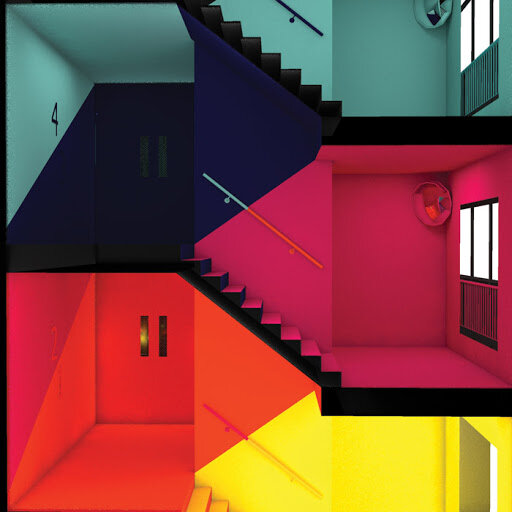
Components of Architectural Psychology
Any space of architecture is governed by lighting, configuration, colours, scale, proportion, acoustic properties, and construction materials. Depending upon the interconnected relationship of these elements, it may have a drastic impact on the psychological and emotional health of the occupant. The discipline of environmental psychology aims to apply these theories to the professions of urban planning, interior design, and architecture. Let’s take a brief look at some of the major components of architectural psychology.
Colour
Colour is of utmost importance in environmental psychology. Different colours evoke different moods. For example, blue is often calming and relaxing; hence, used extensively in hospitals. Yellow on the other hand is associated with creativity and productivity. Thus, employed frequently in schools and learning institutes. Muted orange and reds are inviting, therefore, architects use them often in the residential complex to create a cosy and serene ambience.
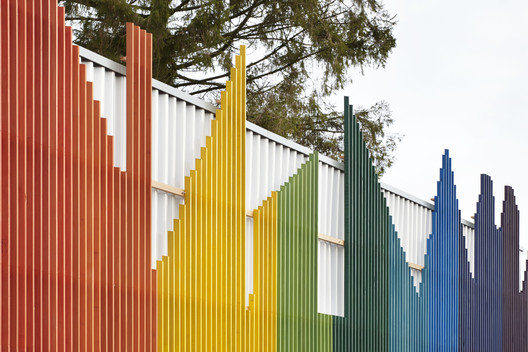
Lighting
Another crucial component of architectural psychology is lighting. Natural light has myriad advantages, such as elevating mood, increasing vitality, and lowering stress. On the other hand, intense artificial illumination can interfere with our sleep cycles and induce headaches and eye strain. To create a welcoming and tranquil environment in the living and working spaces, architects often employ soft, warm lighting and natural light.
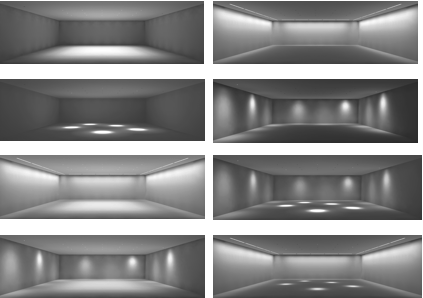
Space
An individual’s well-being can also be impacted by their immediate space’s layout. Be it traffic or just furniture, they impact the feeling of comfort and mobility. An open floor plan encourages social interaction and gives a feeling of spaciousness and liberty, but a closed-off layout can provide peace and privacy. Furthermore, the orientation of windows and doors can influence how we feel about the outside world and how connected we are to the natural world. High ceilings connote emancipation and aid the critical faculties.
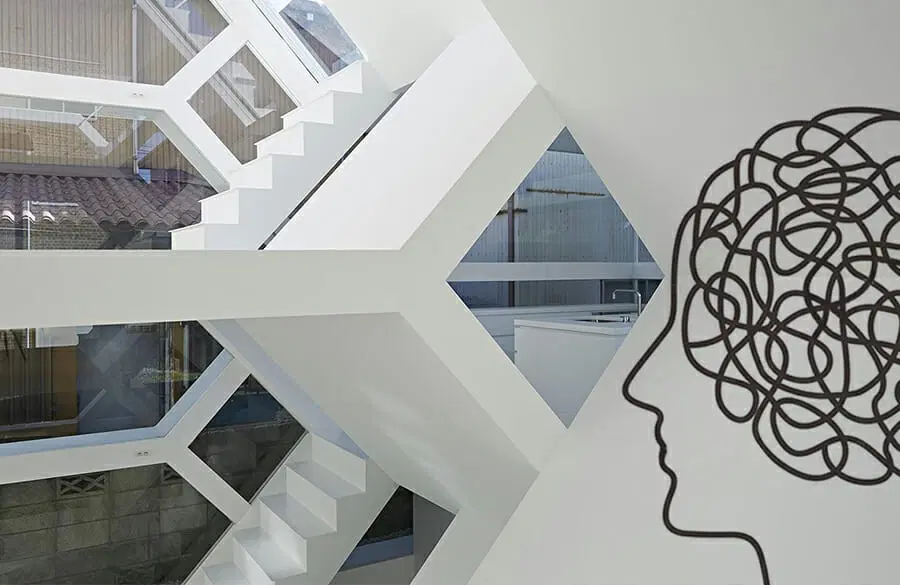
Construction Materials
The materials used in the architectural design also impact our mental and emotional well-being. Synthetic materials such as plastic or metal create a cold and sterile atmosphere. Natural materials like wood or stone generate warmth and comfort. Patterns and textures of these materials influence sensory perceptions and elicit varied feelings and moods. Adding plants and other natural elements fosters a sense of connection to nature and lowers stress levels.
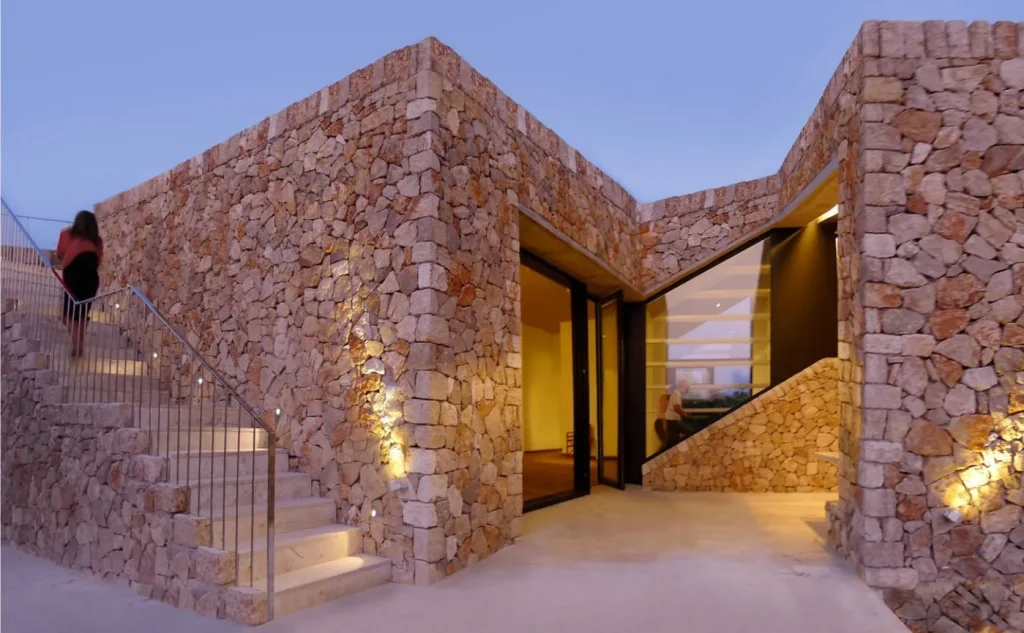
Design Elements
The design of our built environment has a direct effect on productivity. A poorly designed workstation can lead to stress, exhaustion, and burnout while a well-planned workspace can encourage productivity and creativity. Ergonomic design features, including cosy chairs and movable workstations, can lessen physical strain and enhance posture, which boosts output and lowers absenteeism. Furthermore, adding biophilic design features like natural light, vegetation, and vistas of the outdoors can enhance our mood and cognitive performance, which fosters greater creativity and job happiness.
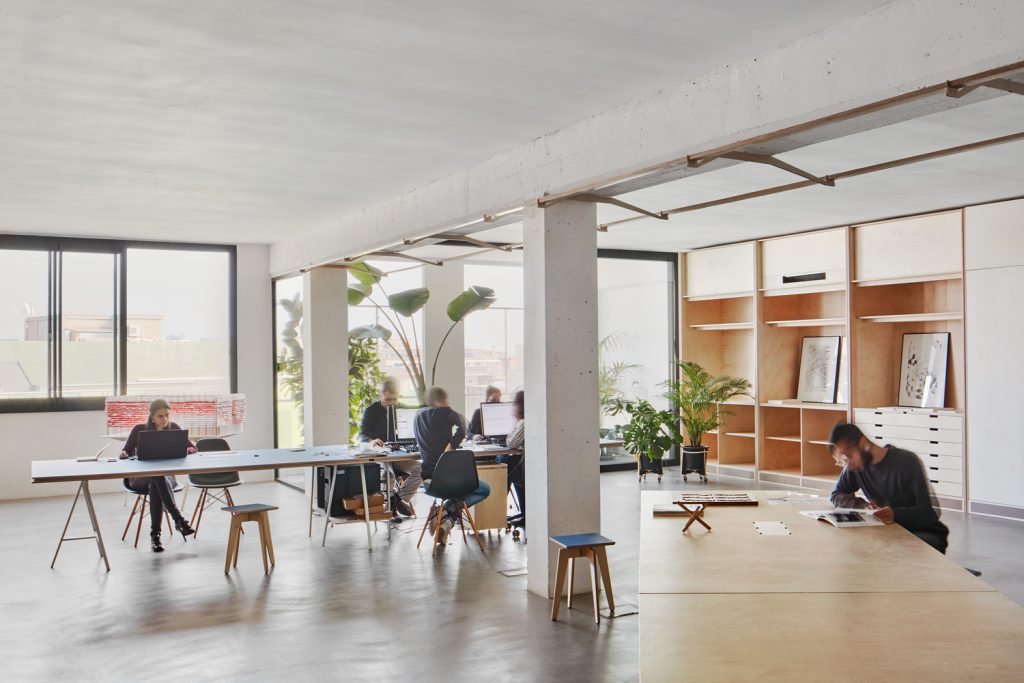
Image Courtesy – Transcon Developers

